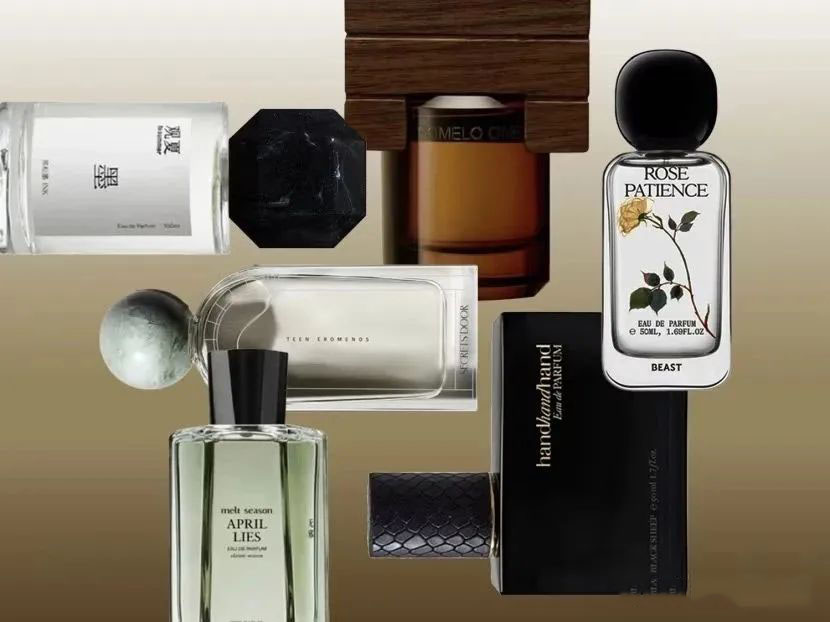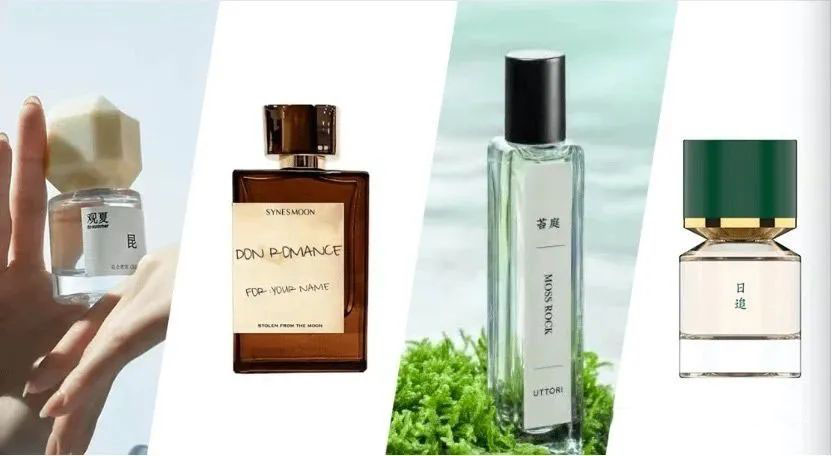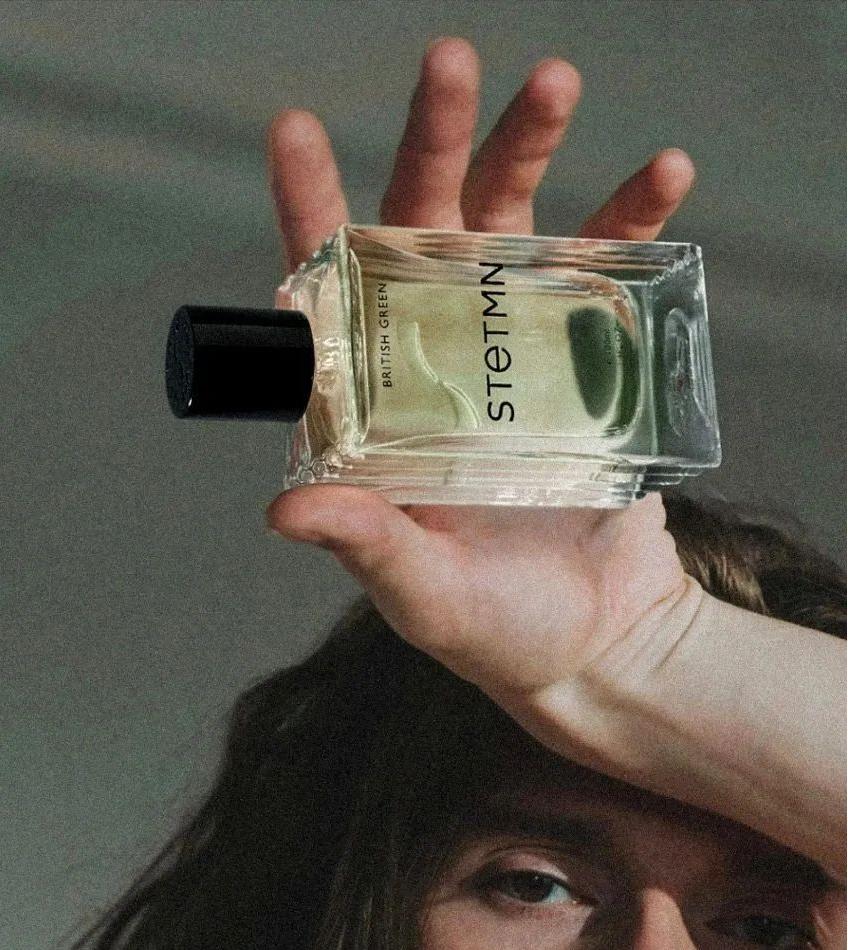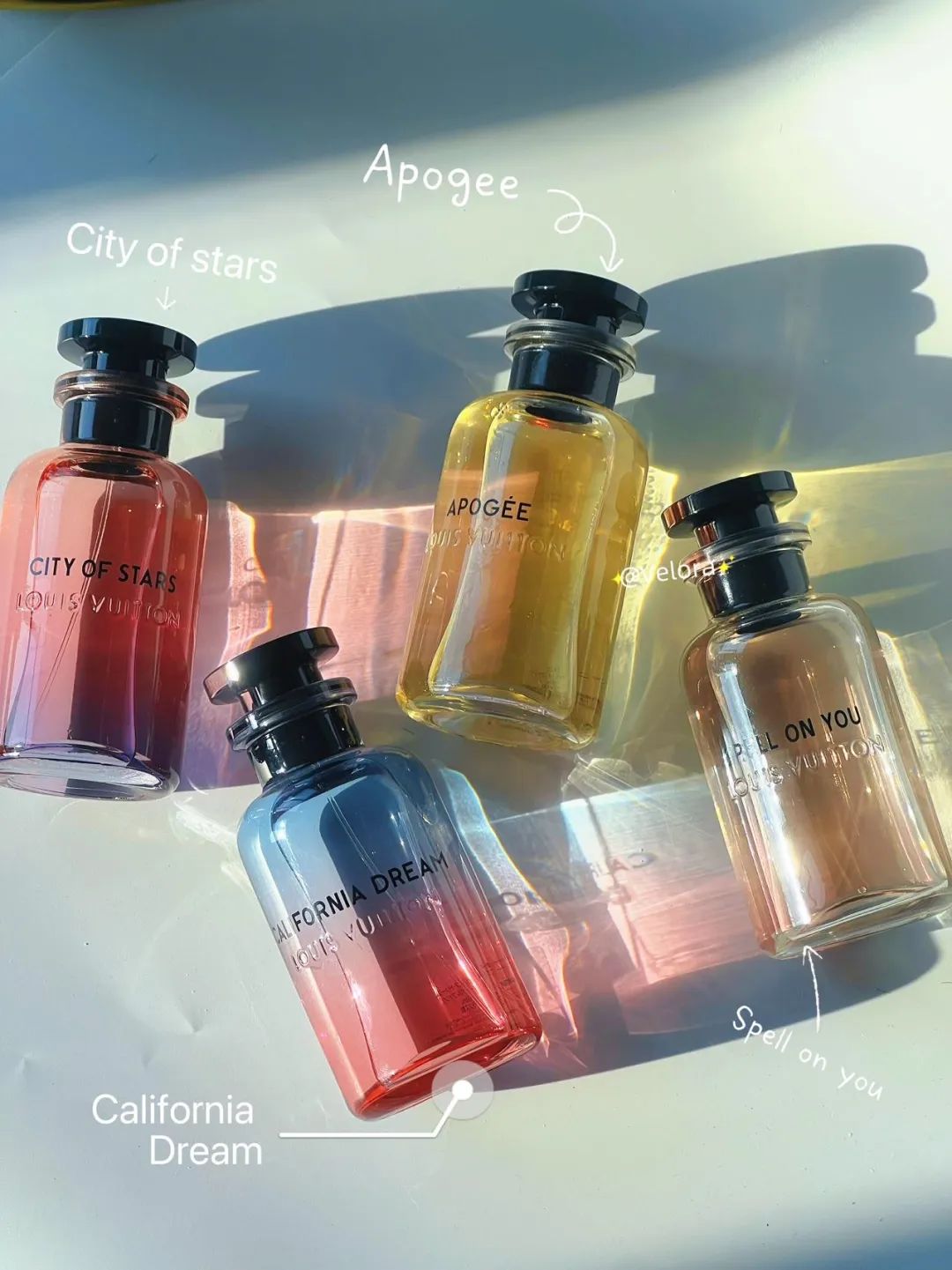China's Perfume Market Challenge: Beyond Products, It's About Missing "Contextual Reframing"
China's Perfume Market Challenge: Beyond Products, It's About Missing "Contextual Reframing"
Ever observed the surge in "Oriental" vibes from Chinese perfume brands? Despite this, the notion of perfume as an integral lifestyle element remains elusive in China. "Everything's here, except the 'why' behind wearing perfume."
I support building our unique scent culture, but it seems we're getting it upside down. Chinese perfume brands' woes aren't rooted in non-local ingredients, insufficiently patriotic names, or skipping classical poetry references. The crux? We haven't framed a "context for usage."
We haven't mastered incorporating perfume into routines; we don't use aromas to signal emotions habitually; and there's no shared, empathetic "fragrance personality dialect." Thus, familiar scents feel foreign in application; local products exist in a contextual void.
Localization of Products ≠ Grasping Culture
Most Chinese brands localize at the "surface design" level:
Eastern Ingredients:osmanthus, gardenia, bitter orange, ligusticum.
Cultural Blends: Echoes of Tang and Song eras, arts like music, strategy, writing, painting, tea ceremonies, wine, verse, meditation.
Aesthetics: Subtle Eastern minimalism or evocative, literary packaging.
This makes items appear indigenous, yet consumers aren't enlightened on timing for application, emotional conveyance via scent, or perfume's life role solely from these cues.
Culture transcends ornamental motifs—it's behavioral syntax. Curiosity about fragrances abounds in China, but consensus on "scent's place in life" is absent. Fragrance isn't seen; it's practiced.

The True Gap: "Behavioral Syntax"
"China lacks perfume culture" is common, but precisely, we miss a "syntax for scent conduct." Like linguistic grammar structures speech, actions (outfitting, beautifying, perfuming) require implicit social "protocols"—knowing when to apply, its implications, societal views.
France: Integral to daily nonverbal cues, akin to attire.
Japan: Personal odor signifier; favor neutral or mild to respect space.
China: Laden with ambiguity—bold if worn, incomplete if not.
Absent this syntax, usage wavers uncomfortably. Dislike isn't the issue; it's uncertainty in "proper use"—lacking persona models, type rationales, scenario templates. Apply scent, yet identity eludes.
Reframing China's Perfume Path: Build Contexts, Skip Extra Culture
Lacking syntax, perfume leans on "cultural wrappers" for purpose—leading to hyper-Oriental shells with unlocalized narratives. Like title-only translation of foreign text; body stays alien, reading jars.
Cease cultural layering; readdress basics:
1. Perfume's function in Chinese daily existence?
2. Craft our "indigenous scent application frame"?
Yes, by elevating perfume from dispensable good to aromatic lifestyle instrument—not for display, allure, sophistication, but as:

1. Mood Modulator (Beyond Status Marker)
Prime chance: "Subtle emotion handler" in China—
Soothe anxiety.
Accompany solitude.
Anchor fresh starts.
Not for queries on your choice, but personal recentering. Promote "This aroma suits my need" vs. "My elegant aura."
2. Situation Activator (Not Elite Emblem)
Detached from routine, it falters. Rephrase for integration:
Collar dab pre-meeting: Alert, polite.
Car spritz at takeoff: Journey cue.
Post-siesta mist: Revival rite.
After ties sever: Memory encapsulator.
Embed in realities, plain-spoken—no "presence," "enticing," "Parisian allure."
3. Identity Articulator (Not Sex Binary Tool)
Overseas, gender-scent links dominate, but irrelevant/odd here. Seek gentle persona voicing sans labels:
"Socially anxious? This comforts."
"Pure, like reserved dawn greeting."
"Remote but memorable, non-intrusive mark."
No "charisma boost"—just "Your today's self."
Key Takeaway:
Ditch excess "Chinese style" tags; devise "usage frame in Chinese." Know viable contexts, feelings, roles for non-awkward, comprehensible wear. Transform whim to routine.

Future of Scents: Frame Invention > Cultural Stack
Brands misuse "culture" as panacea: Ink mountains, local essences, poetic nods = "本土." Yet culture's not accrual; it's tangible echo. Sans frame (novel methods, paths for grasp, urging real adoption), localization's hollow.
Scarce:
Non-embarrassing daily vibe.
"Self-directed" mentality.
"Essential now" rationale.
Unsolvable via "heritage styling." Initiate frame creation: Reshape fit, rules in lives.
Query for brands:
Who, where, why this?
Post-application: Change? Sensation?
Verbal sync with aroma?
Seek "usable in China" over "Chinese-esque." Frame > notes. Echo > heritage. Viability ensures endurance.

For Brand Leaders/Retail Pros:
Quit "More Chinese scent?" Probe: "Secure natural spot in Chinese routines?" Future co-authored via dialogue, not heritage buildup.
Not costlier blends/more elements—smooth, narratable, relatable olfactory frame for China. Resonance births tomorrow!
With extensive experience in the glass bottle sector, crafting vessels for global fragrance houses, I know packaging like elegant glass can enhance appeal. But true success lies in contextual fit, as outlined—without it, even flawless bottles collect dust.
